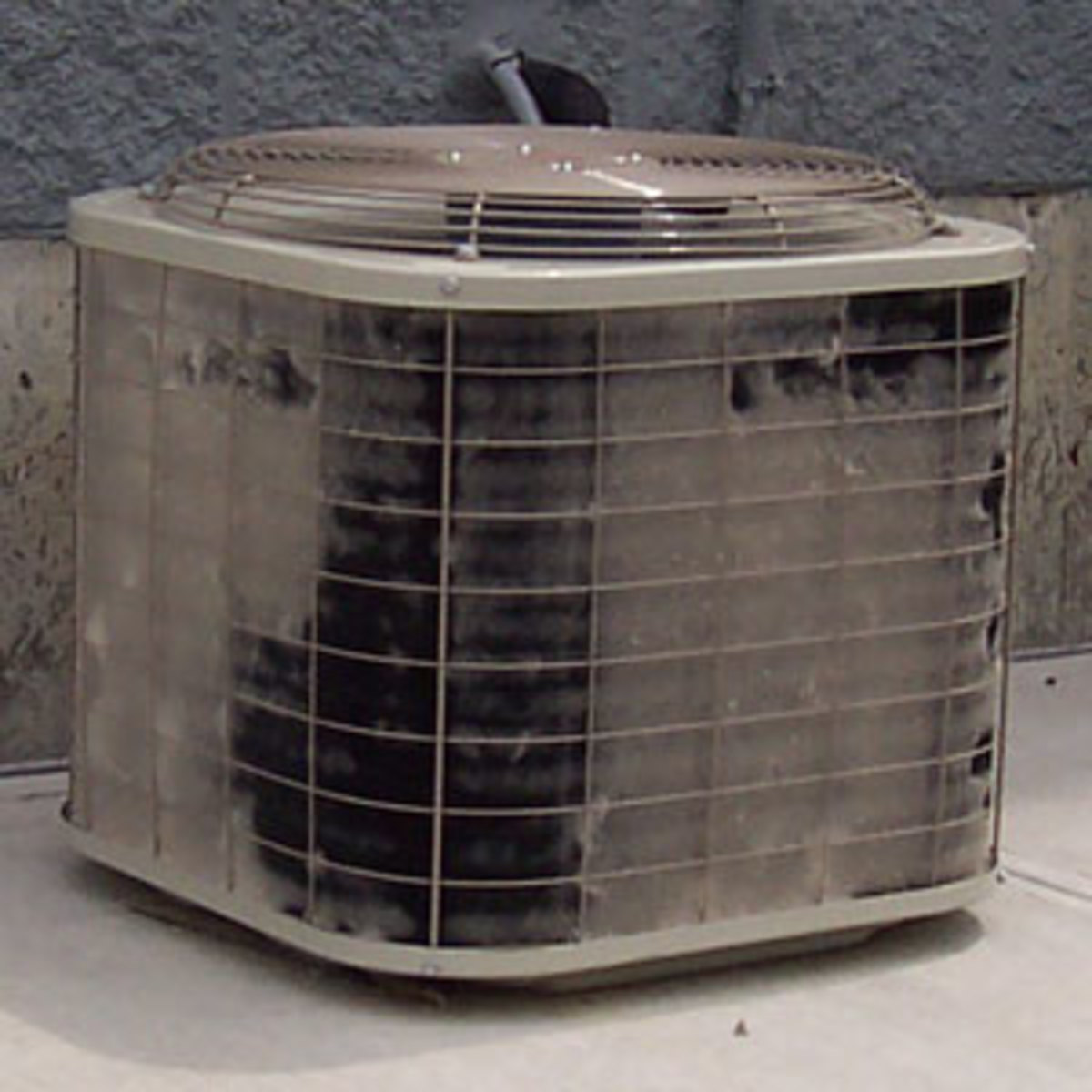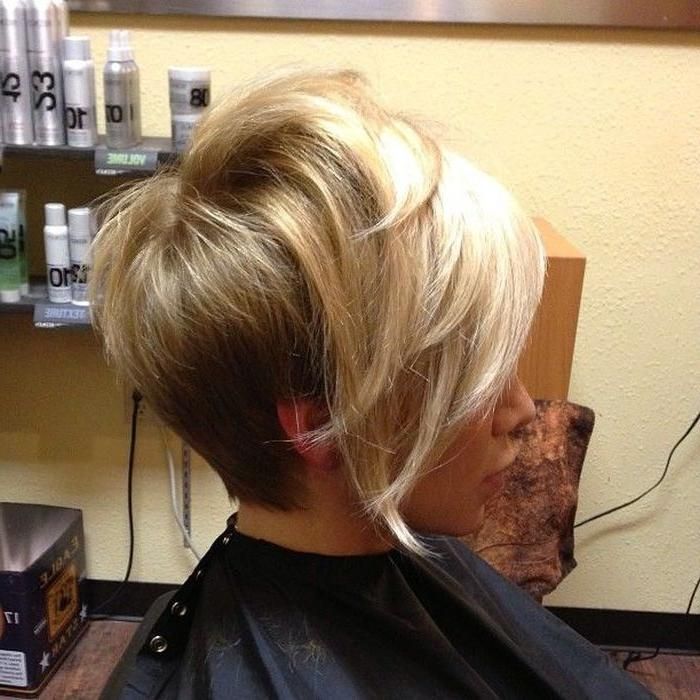Table Of Content

The location of your outdoor HVAC system is an additional factor that affects the frequency of cleaning. For example, a unit located close to a busy street will be exposed to air pollution, and a unit situated under trees and shrubbery will collect pollen and organic debris. Lennox air conditioners are constructed with a component known as an evaporator coil, which is essential to appropriate operation of the unit. Freon (refrigerant) within the evaporator coil absorbs atmospheric heat that passes over a tube and acts as a heat exchange.
Brush the coils and then vacuum up any debris
Annual Service Contracts are available from HVAC companies and usually cost less than the sum of ad-hoc maintenance calls. Remove the access panel screws with a socket wrench and peel away the metal foil tape along the panel edges (if any). The entire air handler sits on a secondary drain pan with a cutoff float switch. The purpose of the secondary drain pan is catch water in case the condensate drain line becomes clogged or the main condensate pan rusts through. The secondary pan will catch the water and eventually activate the float switch to shut down the entire unit before it overflows and ruins the ceiling. Use safety glasses, a face shield, chemical-resistant gloves, and chemical-resistant clothing.
Lennox Air Conditioning Coils Prone to Corrosion, Leaks
Brush cleaning evaporator coils can be a useful approach for eliminating modest dirt buildups. It allows for liquids or chemicals to be used and gives you more control over how much force is exerted on the fins and reels. If your AC seems not to be running as well as it did at the beginning of the cooling season, it’s likely that dirty evaporator coils are at fault. If your air conditioner is performing inefficiently or has stopped working altogether, dirty evaporator coils are a possible cause. It's not necessary to purchase a commercial cleaner for your AC coils.
Remove the Evaporator Coil Front Cover Plate
In fact, other air conditioner manufacturers use these components, virtually eliminating the corrosion incidence in their products. Let the air handling unit cool down fully before removing the panel and doing any maintenance. An excellent way to determine the frequency of needing to clean the evaporator coil is to monitor it.
Steps
If you are getting little cool air from the unit or it takes a long time to cool the room, you have a faulty or dirty condenser coil. There may even be ice forming on the coil which reduces the unit's efficiency. When they are dirty, the condenser fan and compressors work increasingly harder just to output the same amount of cool air to the home. Cleaning the coils restores them to their original state so that they can work at their intended capacity. Cleaning your central air conditioner's coils is, without a doubt, the simplest and lowest-cost way to improve your A/C's efficiency, durability, and lifespan.
It is crucial to maintain this element of your air conditioning system regularly. The drip pan located below the coils should also be cleaned, as it can accumulate debris from dirty coils. Use the vacuum to remove any matter, then flush the pan with clean water. Over time, dust, dirt, and debris accumulate on the evaporator coils.
Use a Can of Compressed Air
HVAC + Needlepoint = Great Indoor Air Quality - Southlake Style
HVAC + Needlepoint = Great Indoor Air Quality.
Posted: Wed, 28 Apr 2021 07:00:00 GMT [source]
Because there isn’t a gasket between the plastic pan and metal frame, air blows through the crack pushing the condensation to the front. I lifted the drain pan up about 1/2 inch to check the plastic pan for cracks. This system is nearing the end of it’s useful life at 12+ years old. The above methods do work well to clean and disinfect the coils if the AC system is well maintained with regular air filter changes using quality filters.
Clean your AC coils with compressed air
Clean the fan blades with the brush and vacuum so air can move freely across them. Also clean the shaft by vacuuming the crease where the blade meets the motor. Don’t lubricate the shaft; oil will attract dirt and cause problems.
Remember – anything that makes it past the air filter may get caught on the coils. Dirt and dust accumulation on the coils also promotes mold growth by providing a food source and moist media to grow on that can cause a “gym sock” odor. It’s located inside the home and is normally made out of a metal that conducts heat very well, like copper or steel. Like we mentioned earlier, two types of coils live in your unit — the evaporator coil and condenser coil. Each coil plays an important role in cooling your home and keeping it at the temperature you desire.
They’re usually on the supply side of your air conditioning unit, behind the access door. In short, it’s important to keep your condenser and evaporator coils clean so that your air conditioner can do its job properly—and so that you can avoid a costly repair bill. If the evaporator coils on the inside are dirty, then they won’t do a great job of absorbing the heat and humidity in your home. And if the condenser coils outside are dirty, they won’t be able to release heat out of your home effectively.
This is a closeup of the evaporator coil access panel, which is fastened with nine 1/4 inch sheet metal screws and sealed along the bottom with metal foil HVAC tape. Call an HVAC service technician to repair extensively damaged fins, as they cannot be fixed with the fin comb. If you're uncomfortable cleaning either set of air conditioner coils, technicians can do this for you since this is part of a regular maintenance schedule. To use a foaming HVAC coil cleaner, shake the can and spray it directly into your coils so they are completely covered. The cleaner should foam immediately, filling the air between coils where grime accumulates.

Reducing the frequency and length of run times saves money. Plus, maintaining the A/C system may prevent you from having to eventually purchase a new system—an expensive proposition that starts at around $3,000 to $4,000.
You should also give them an extra cleaning if you notice certain conditions in your home. But don't wait until problems start to occur before cleaning the unit. It's a good idea to inspect the AC coils every couple of months.
Having a properly functioning AC is an important part of every Phoenix, Arizona home. Knowing how to clean the dirty evaporator coils inside the house is an important part of properly maintaining your air conditioning system. Since dirty evaporator coils make cooling your home more complex, your HVAC system will have to work harder and longer to adjust.
The technician will then spray a self-rinsing product on the coil and close the unit. Once the unit is turned back on and the cooling process continues, the solution will rinse off on its own and the coil will get clean. As a result, anything stuck on or around the coil will get blown to the top, where the HVAC technician will remove it. This method is ideal for cleaning air conditioner coils with large, loose materials on the surface. But, it’s not great for removing small particles or pieces that are especially stuck in place. Cleaning your air conditioner’s condenser coils and evaporator coils regularly allows your unit to run more efficiently and can make your home feel more comfortable.
Condenser coils remove and dissipate hot air from the house. Knowing how to clean AC coils is an important part of making sure the air conditioner runs efficiently and effectively. Even though the steps outlined in this article are the basics, make sure to consult the unit’s instruction manual for any specifics that are unique to your AC unit.

No comments:
Post a Comment